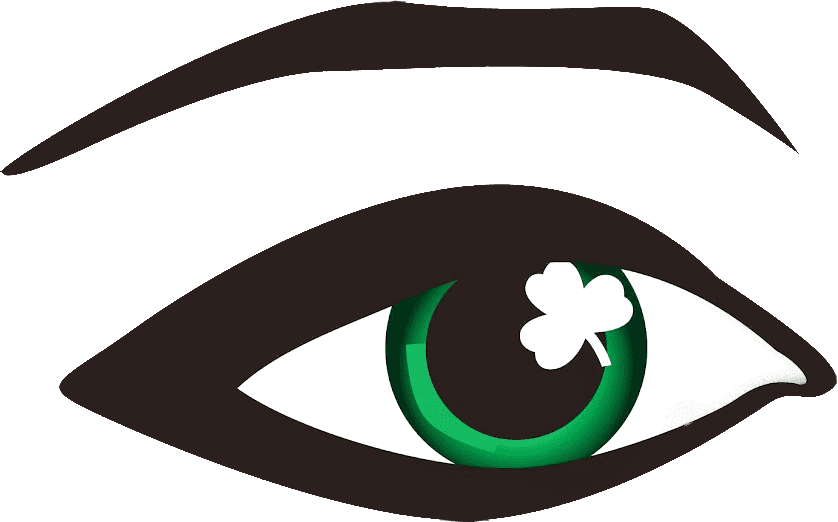Myopia Management – Prevent Your Child’s Nearsightedness From Getting Worse
Signs of nearsightedness in a child, like squinting when he reads or sitting too close to the TV screen can be easy to spot. And if your child is nearsighted, glasses or contact lenses offer easy and effective solutions. While corrective eyewear may solve the problem, nearsightedness can still get worse as your child ages.
The good news is myopia management can slow the progression of nearsightedness while also protecting the health of your child’s eyes in the future. Read on as a Camarillo, CA optometrist talks about what causes nearsightedness and how myopia management can help.
What Causes Nearsightedness?
A whopping 30 percent of the American population has nearsightedness or myopia, a condition where faraway objects appear blurry. The condition typically starts in childhood and continues to get worse until the eyes stop growing in the teenage years.
Refractive errors cause nearsightedness, meaning abnormalities in the shape of the eyeball and/or the cornea distort incoming images when viewing faraway objects. When the eyeball is too long, this causes incoming light and images to focus in front of the retina instead of directly on the retina. The same thing happens when the surface of your cornea is too curved.
Myopia management is designed to slow the progression of nearsightedness in children and preserve good vision in the years ahead.
How Does Nearsightedness Get Worse?
The structures that make up the eye continue to grow through childhood and on into the teenage years. And while nearsightedness will continue to get worse if left untreated, other factors can also make it worse, including:
- Looking at digital devices for long periods
- Wearing glasses throughout the day
- Performing close-up tasks, like reading and writing for long periods
- Wearing corrective glasses that fully correct myopia
Over time, long-term effects of myopia start to show up in adulthood, some of which include:
- Glaucoma
- Retinal detachment
- Cataracts
- Macular degeneration
What Is Myopia Management and How Does It Work?
Myopia management uses a range of specific treatments designed to keep nearsightedness from getting worse. Your optometrist performs a comprehensive eye exam and puts together a personalized treatment plan based on your child’s needs.
Treatments commonly used in myopia management include:
- Myopia control glasses
- Atropine eye drops
- Multifocal contact lenses
- Ortho-K contact lenses
If you have more questions about myopia management or wish to schedule a consultation, please don’t hesitate to call our Camarillo, CA optometry office today.

